Interior
With the roof removed, you can see the top dust filter and fan mounts beneath. From here, the side panels simply slide upwards, held in place by pins, and again this can be a tad fiddly to deal with compared to hinges and thumb screws.

The interior is wonderfully airy with a large gaping hole in the motherboard tray for mounting fans and radiators that would be fed by the vent in the side panel and which makes use of the large rear chamber for clearance. There's around 90mm to play with, so there's plenty of scope for mounting a full-height radiator and single row of fans here with a second row on the other side of the motherboard tray.
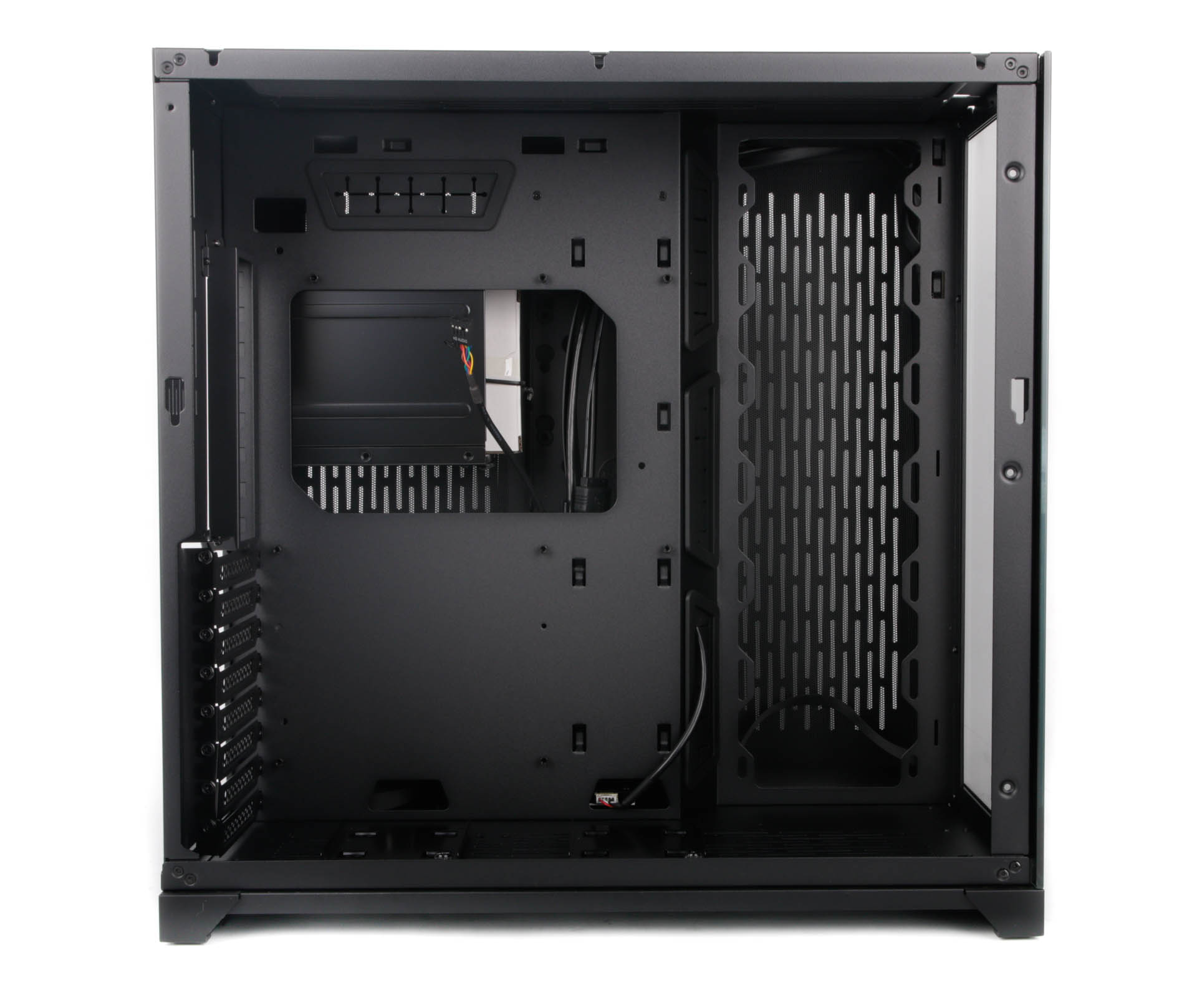
Each of the three sets of fan mounts sits in a triple 120mm arrangement, with only exception being in the roof where you have the option of using a pair of 140mm fans instead. Supported radiator sizes correspond, which means 360mm radiators in all three locations and the option of a 280mm radiator in the roof. This is emphasised in the paper manual, but a note to Lian Li and those that might want to take a peek: the water-cooling page appears to be missing from the online manual.
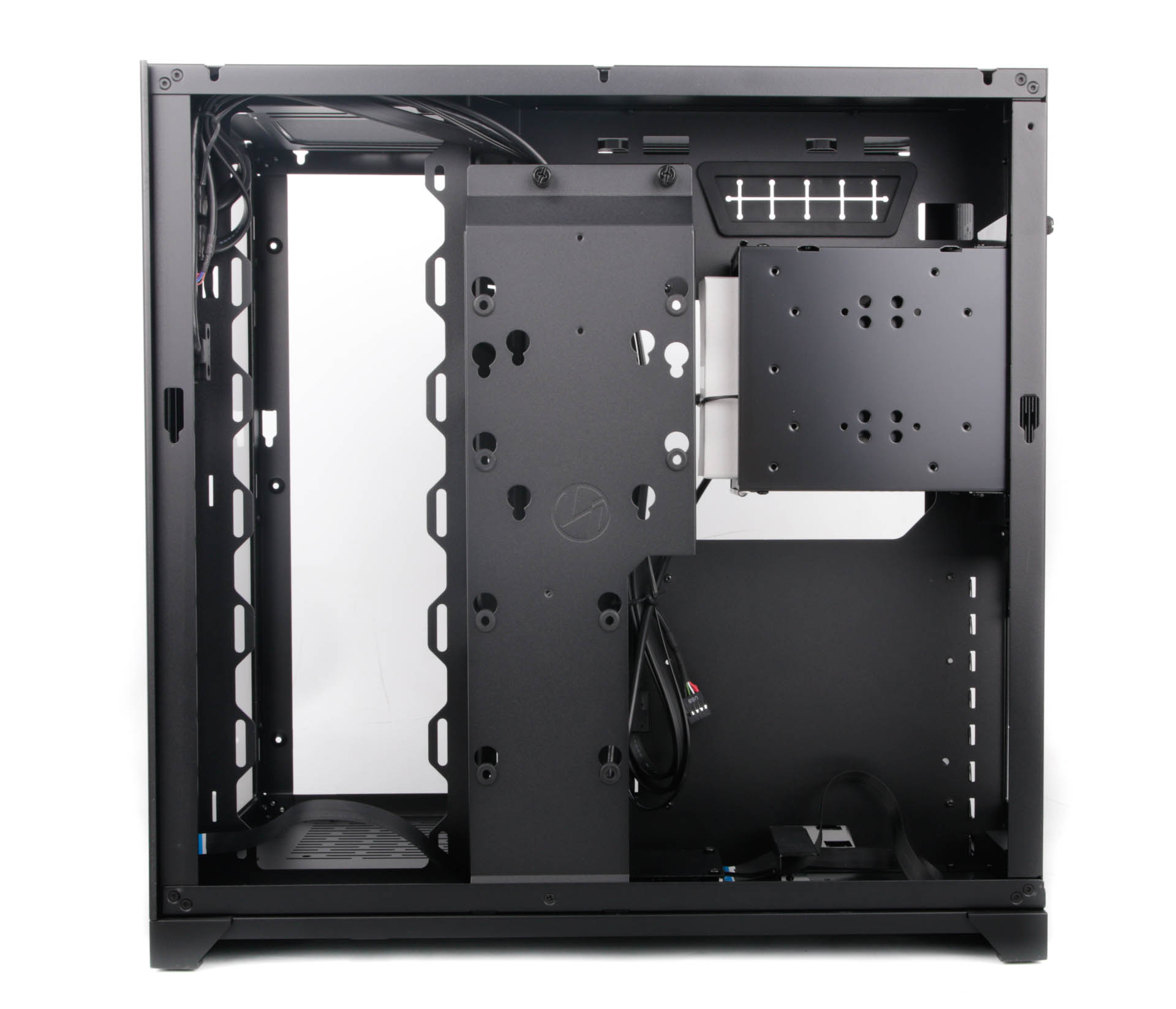
There's plenty of scope for building a monstrous water-cooling system, even if you only use the side mount for a 60mm-thick radiator, but there's a handy amount of space for your data too. This comprises a pair of 3.5"/2.5" mounts in that upper-rear cage plus a pair of dedicated 2.5" trays in the floor of the case. Lastly, the vertical metal panel in front of the PSU mount can house an additional two SSDs or single SSD and hard disk, all of which install using rubber anti-vibration mounts - sadly not tool-free. If you need to use a second PSU, you'll be forced to give up the hard disk cage, but you'll be left with at least one 3.5" mount.
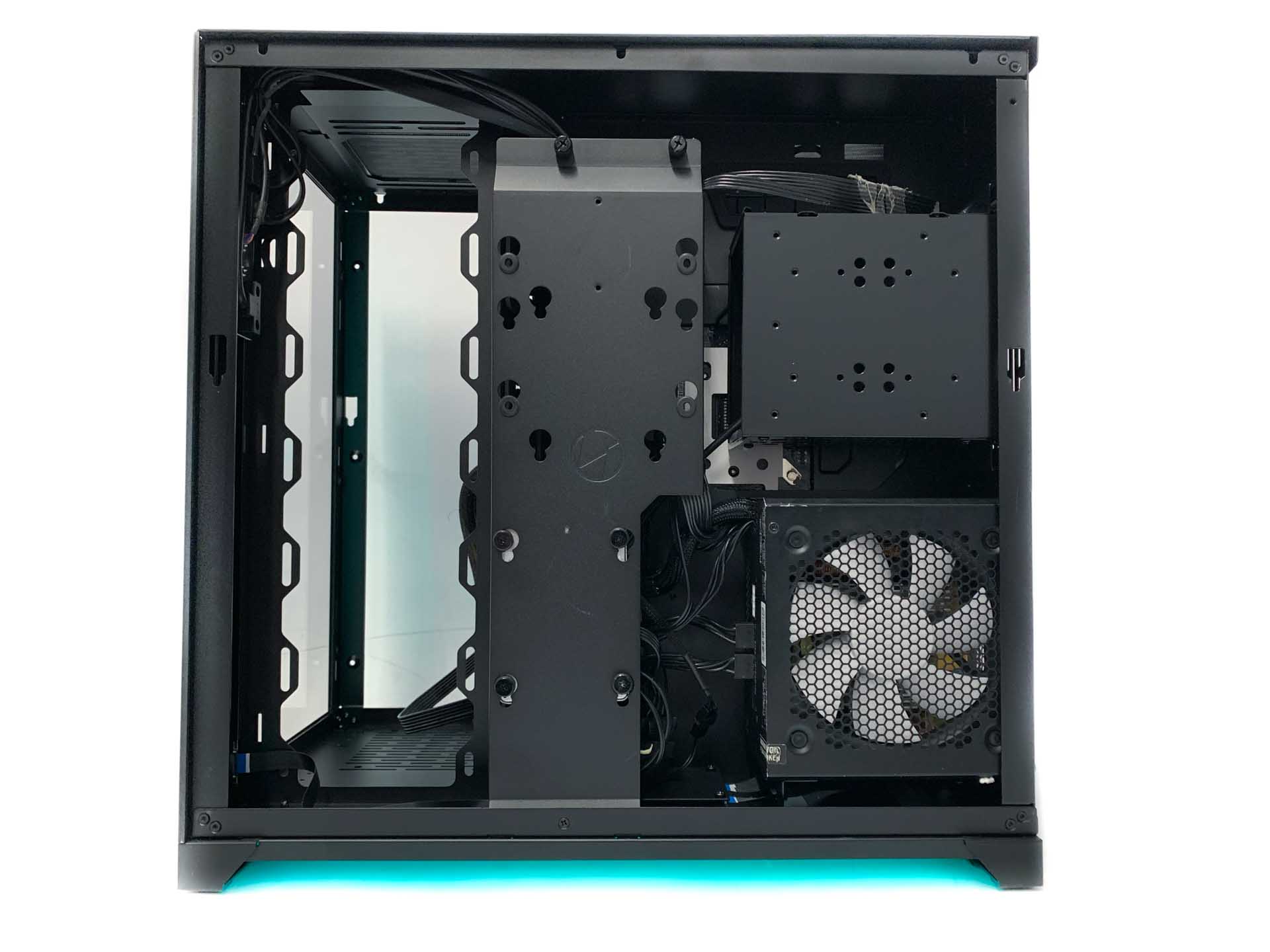
Cable tidying shouldn't be too much of an issue since that rear chamber is partly hidden from view, so there's oodles of space to stow cables in bunches rather than spending hours routing them neatly.
The lighting, meanwhile, can either be controlled using Razer's Synapse software with both power and control coming via a USB 2.0 header connector, which means there's far less spaghetti to deal with than other RGB-enabled cases we've looked at recently. The software allows for a range of lighting effects, and as the lighting is digital there's full control over every LED. If you'd prefer to use your motherboard's software, Razer has tested a bunch of current motherboards from ASRock and MSI and confirmed it works, with the full list available here. Outside of this, you may be limited to Razer's software.

MSI MPG Velox 100R Chassis Review
October 14 2021 | 15:04

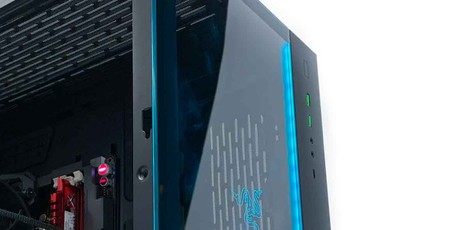
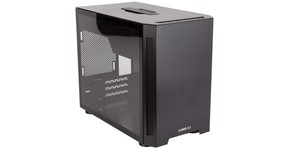
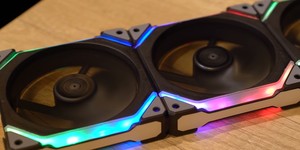
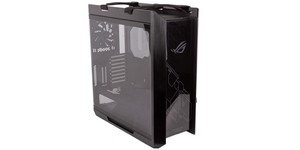




Want to comment? Please log in.